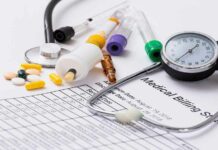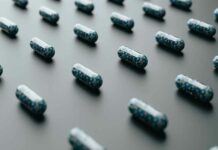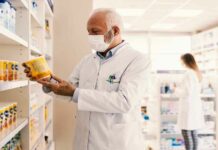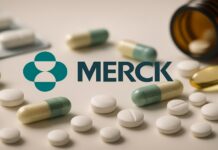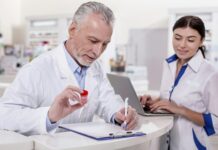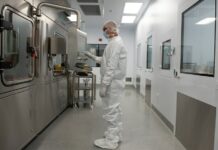Since more biopharmaceutics classification system- BCS II as well as BCS IV molecules are being evaluated in the early stages of development, one of the market reports has signalled that the bioavailability enhancement market is expected to grow at a stable rate between 2022 and 2035.
A CAGR of 11% is anticipated for the market in the forecast bracket, as per the report.
Given that more than 40% of the marketed medicines are perceived to be having low bioavailability, the report pointed out that in recent years there has been a rise in the number of drug developers analysing numerous re-formulation tactics so as to enhance the bioavailability of the current drug candidates. The research predicts that within the forecast period, the demand for bioavailability enhancement drug formulations is anticipated to grow quite significantly.
Given the sector’s shifting aim towards lipophilic drug compounds, the existing market players are looking to identify bioavailability enhancement techniques so as to mitigate the challenge when it comes to low bioavailability and stability, as per the research.
Developers of drugs have gone on to demonstrate preference when it comes to being reliant on bioavailability enhancement service as well as tech providers in order to leverage cost and also research timelines.
According to the research, outsourcing happens to be a preferred model for upgrading drug bioavailability, and because of this, by late 2022, almost 115 companies were found to be giving out these kinds of services.
When it comes to the technological approach, the report also covered the gamut of solubility enhancement, sustained release, and absorption enhancement.
More than half of the technologies were found to focus on elevating small molecules’ bioavailability. They were specifically for small molecules that were intended for oral drug delivery. The report otherwise noted that the distribution when it comes to other types of these technologies was 31% for small molecules as well as biologics and 16% only for biologics.
Lipid nanoparticles were a preferred choice of numerous service providers who were wanting to improve the bioavailability of weak soluble drugs. This was because of elements such as drug loading capacity as well as long-term physical stability.
Interestingly, enough mergers and acquisitions have been witnessed in this market, as per the report. This is because service providers want to offer multiple services in order to cater to the varied customer needs.
Besides, in order to maintain a competitive edge across the market segment, there are many stakeholders who are engaged in the development of proprietary technology that is based on bioavailability enhancers as well as sustained release principles.



